The Timeless Elegance of the Kaba Dress: A Deep Dive into Ghanaian Fashion
In the rich tapestry of African fashion, the Kaba dress stands out as a symbol of elegance, culture, and history. Originating from Ghana, this traditional attire has evolved over the years while maintaining its cultural significance. The Kaba dress, with its intricate designs and vibrant fabrics, is more than just a piece of clothing; it is a testament to the creativity and heritage of the Ghanaian people.
A Brief History of the Kaba Dress
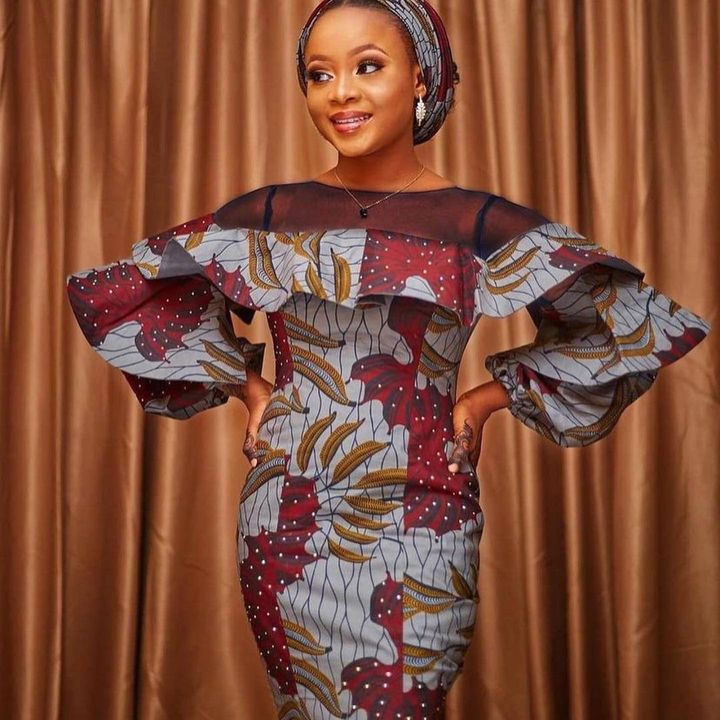
The origins of the Kaba dress can be traced back to the early 19th century. It was during this period that African women began to experiment with various forms of dress, influenced by both traditional and Western styles. The Kaba dress emerged as a distinct style, characterized by its tailored fit and elaborate designs.
Table of Contents
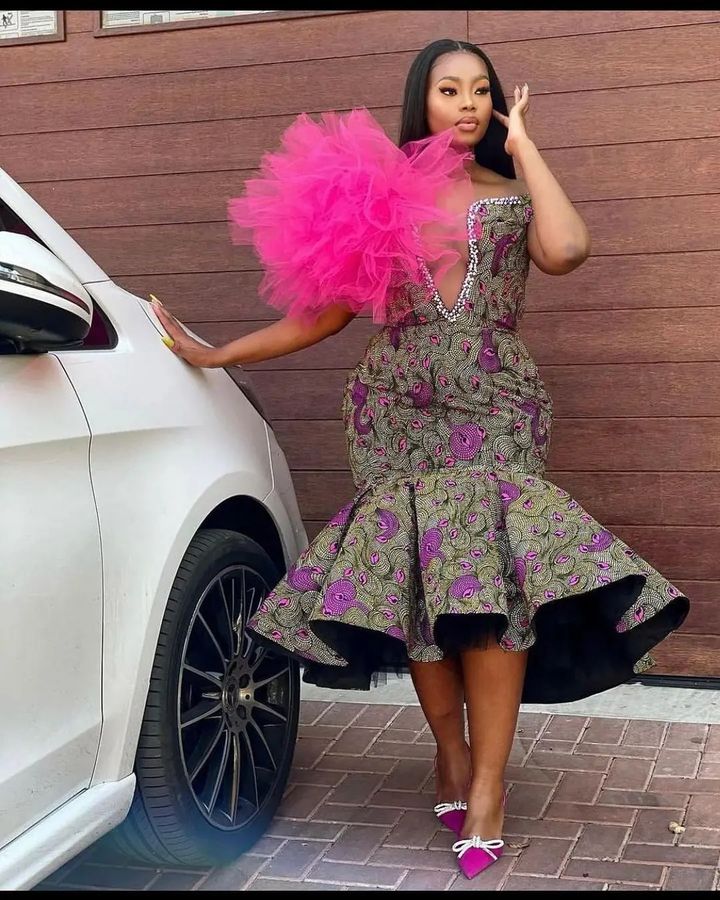
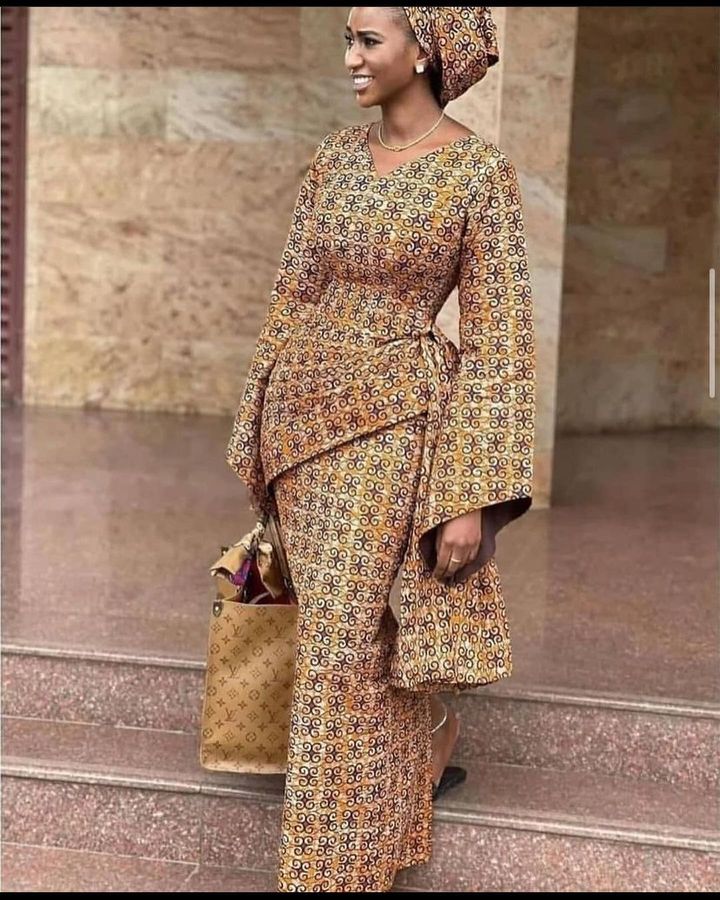
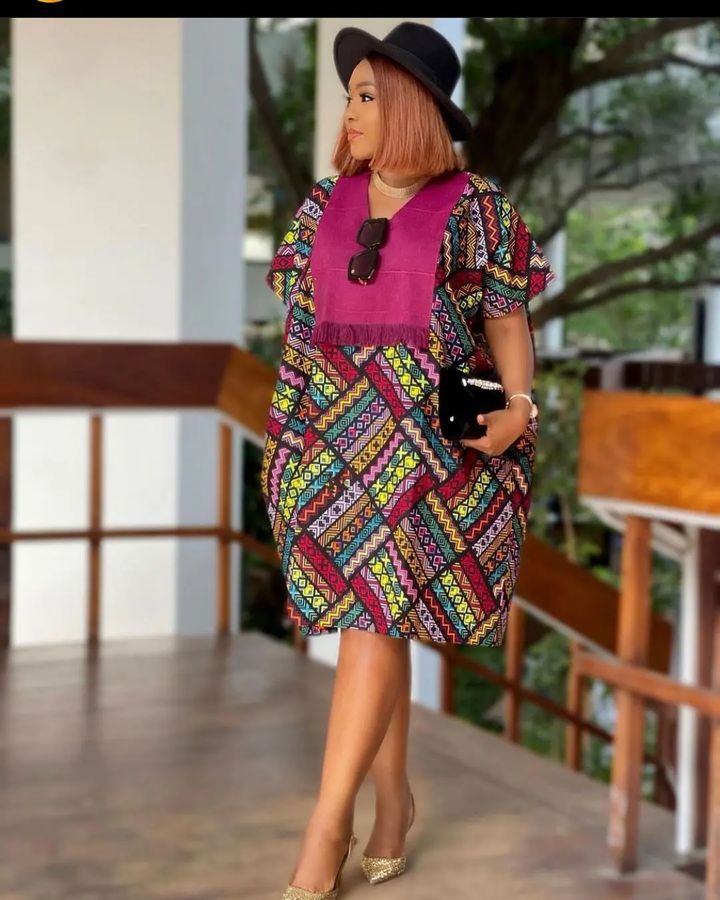
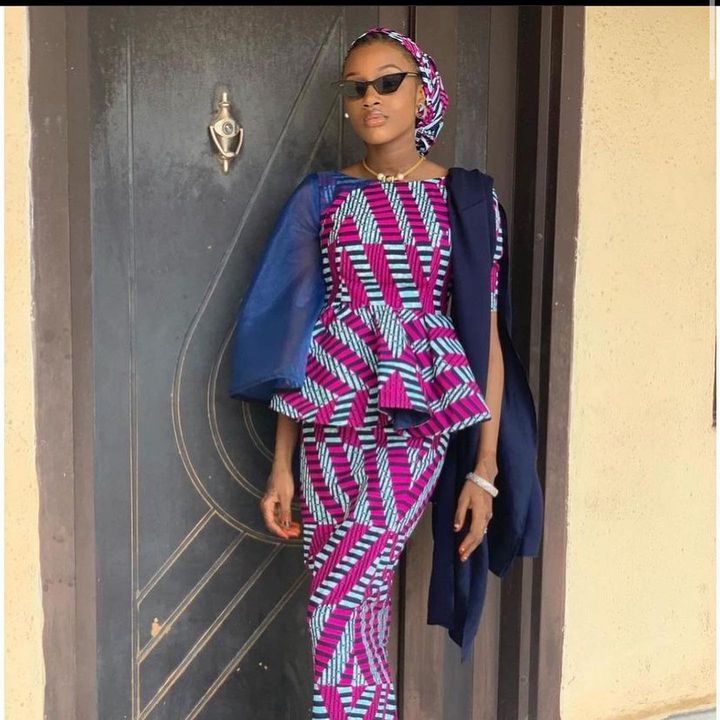
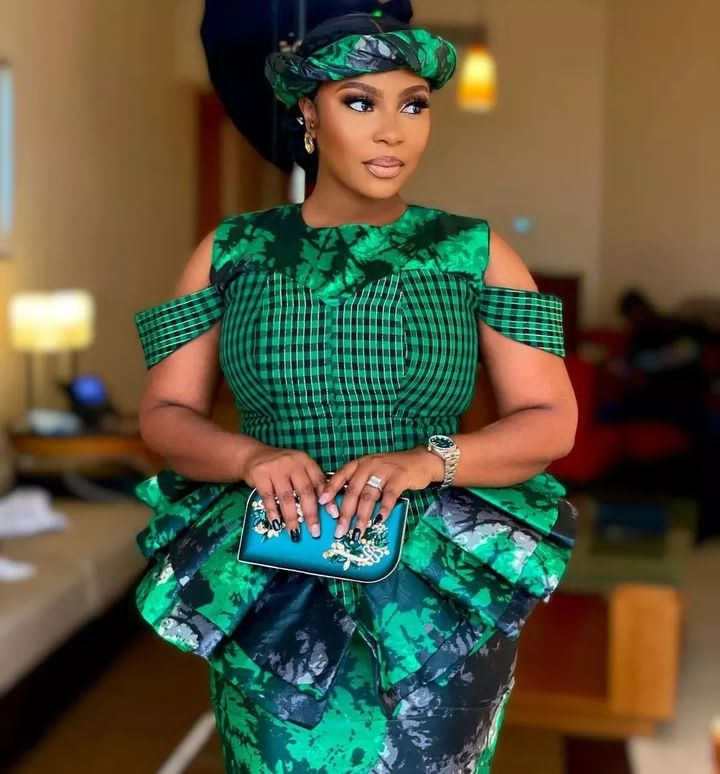
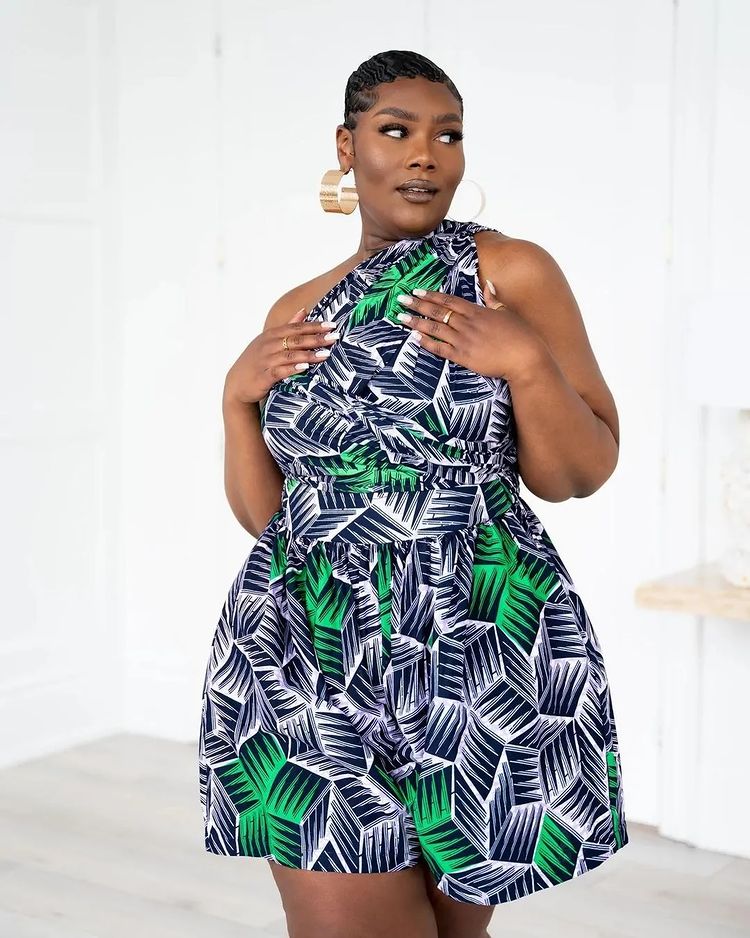
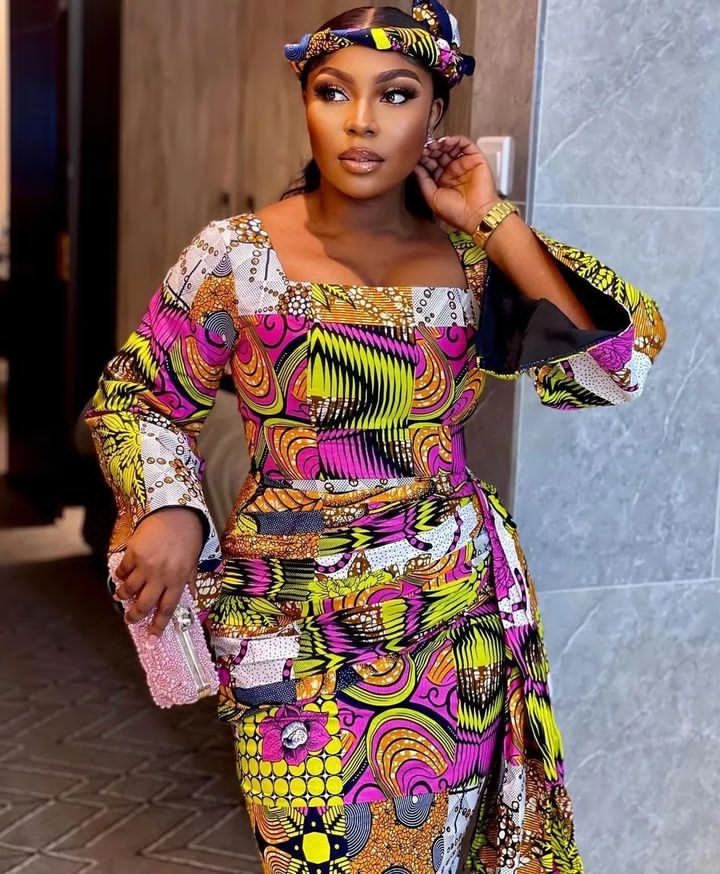
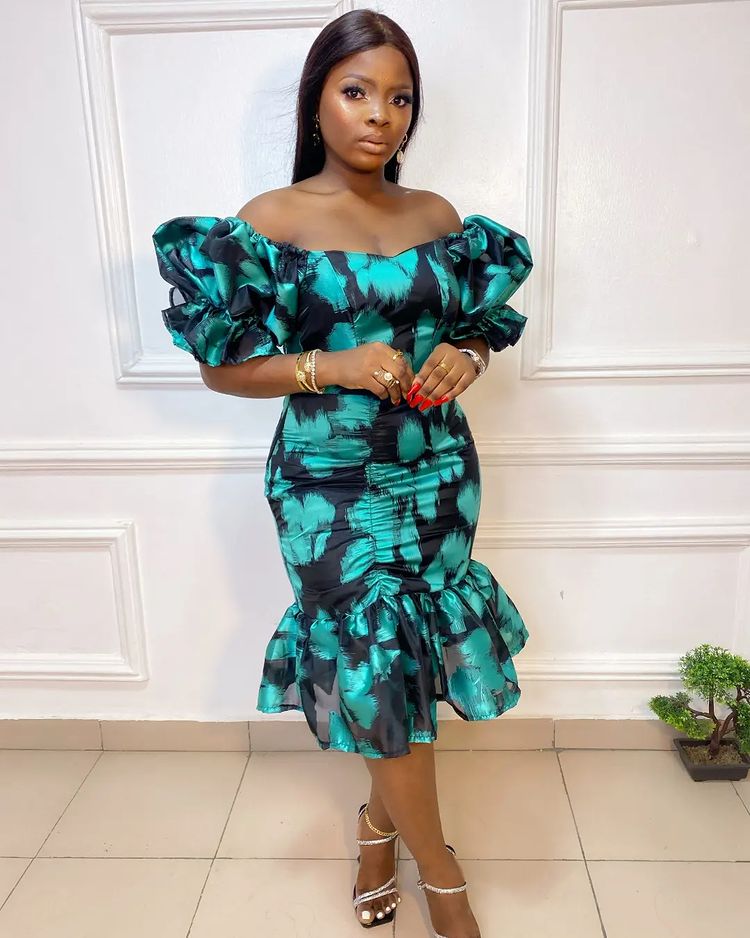
Initially, the Kaba was worn as a two-piece outfit, consisting of a top and a long wrap-around skirt known as a “slit.” The top, or “kaba,” was often a fitted blouse with puffed sleeves, while the slit was a floor-length skirt that could be wrapped and tied in various ways. This combination allowed for both comfort and elegance, making it suitable for a variety of occasions, from everyday wear to special ceremonies.
The Evolution of Kaba Styles
Over the years, the Kaba dress has undergone significant transformations. In the past, the design was relatively simple, but contemporary Kaba dresses often feature intricate embroidery, beadwork, and lace. The evolution of the Kaba dress reflects broader changes in Ghanaian society, including increased access to diverse fabrics and the influence of global fashion trends.
Today’s Kaba dresses are a fusion of traditional and modern elements. Designers experiment with different materials, such as Ankara, Kente, and lace, creating unique and eye-catching pieces. The modern Kaba dress is also more versatile, with variations in sleeve length, neckline, and overall silhouette. Some contemporary styles incorporate elements like peplum tops, asymmetrical cuts, and even off-shoulder designs, allowing wearers to express their personal style while honoring their cultural heritage.
Cultural Significance of the Kaba Dress
The Kaba dress is more than just a fashion statement; it is deeply embedded in Ghanaian culture. It is often worn during significant life events such as weddings, funerals, and festivals. For many Ghanaians, the Kaba dress represents a connection to their ancestry and a way to celebrate their identity.
In traditional Ghanaian weddings, the bride often wears a Kaba dress made from luxurious fabrics like Kente, a handwoven cloth known for its bright colors and geometric patterns. The choice of fabric and design can convey specific messages or symbolize certain attributes, such as wealth, beauty, and status. Similarly, during funerals, the Kaba dress is typically made from darker fabrics, reflecting the solemnity of the occasion.
The Kaba dress also plays a role in Ghanaian festivals, where it is worn to showcase the rich cultural heritage of the region. During these events, people dress in their finest Kaba attire, often in matching outfits for families or groups, to participate in traditional dances, parades, and other festivities. The dress serves as a visual representation of unity and pride within the community.
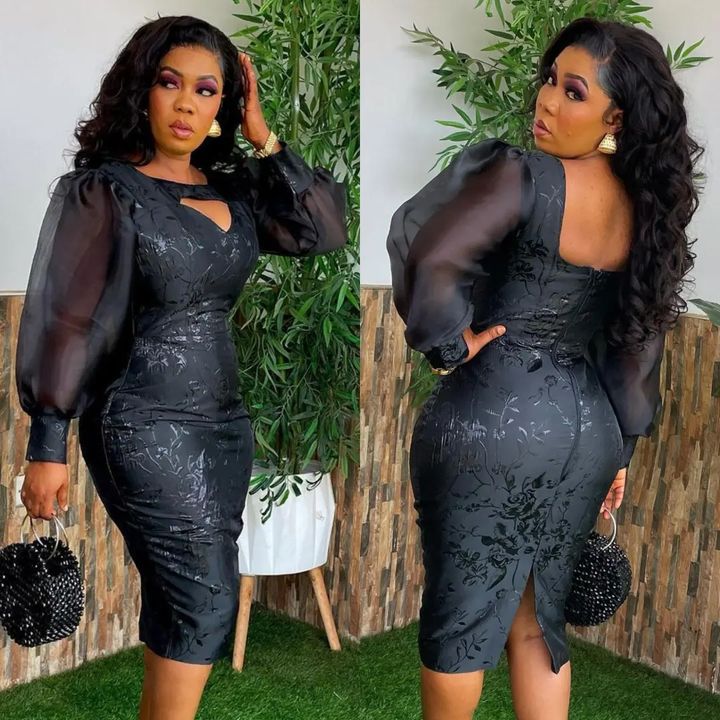
The Global Influence of the Kaba Dress
The influence of the Kaba dress extends beyond Ghana’s borders. As part of the broader African diaspora, the Kaba dress has gained international recognition, particularly in fashion circles. African designers and fashion enthusiasts around the world have embraced the Kaba dress, incorporating its elements into contemporary fashion.
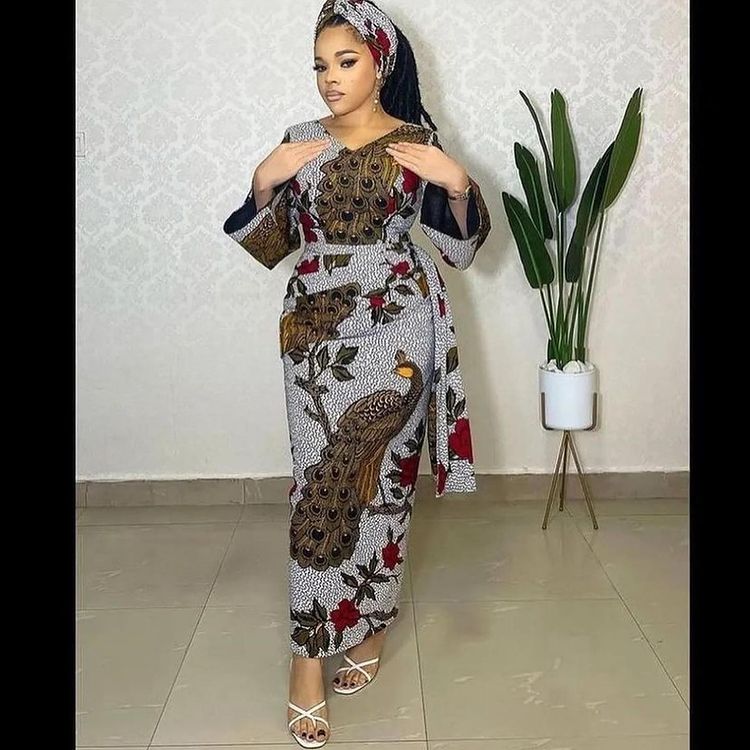
In recent years, African fashion has received increased attention on global runways, with designers showcasing collections that highlight traditional garments like the Kaba dress. This exposure has helped to elevate the status of the Kaba dress, making it a symbol of African heritage and creativity on the world stage.
Moreover, the Kaba dress has found a place in the wardrobes of fashion-forward individuals who appreciate its unique blend of tradition and modernity. Celebrities and influencers have been spotted wearing Kaba-inspired designs, further popularizing the style. This global interest has also led to a rise in demand for authentic African fabrics and craftsmanship, supporting local artisans and communities.
The Future of the Kaba Dress
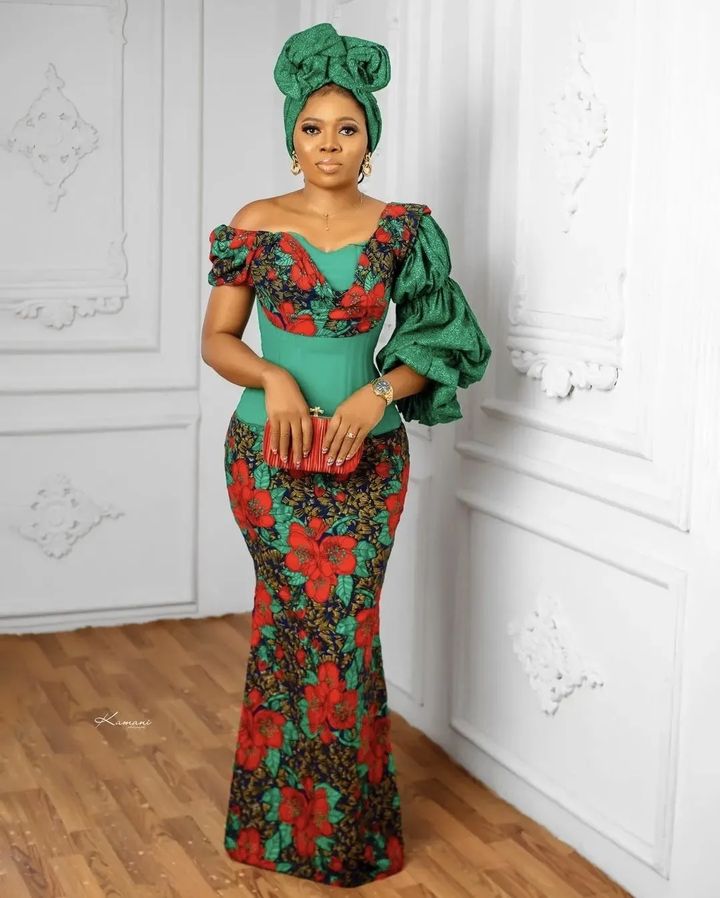
The Kaba dress continues to evolve, adapting to changing fashion trends while staying true to its cultural roots. As more designers experiment with innovative designs and sustainable practices, the future of the Kaba dress looks promising. There is a growing movement towards ethical fashion, with a focus on using locally sourced materials and supporting traditional craftsmanship. This shift not only preserves the cultural significance of the Kaba dress but also promotes sustainable development within the fashion industry.
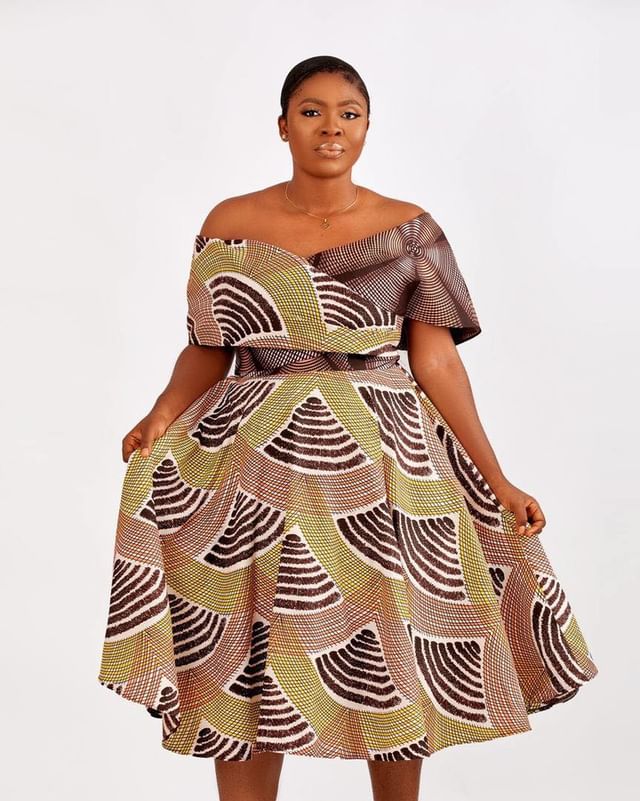
In conclusion, the Kaba dress is a remarkable example of how fashion can serve as a bridge between the past and the present. Its enduring popularity is a testament to its versatility, beauty, and cultural significance. Whether worn in Ghana or on the global stage, the Kaba dress remains a powerful symbol of African heritage and creativity. As we look to the future, it is clear that the Kaba dress will continue to inspire and captivate, reflecting the vibrant spirit of the people who wear it.